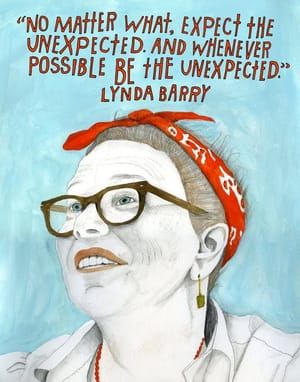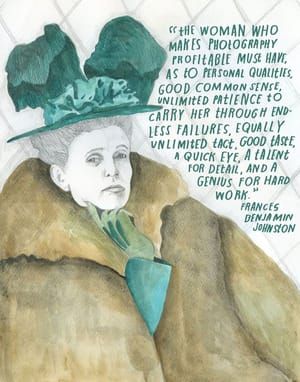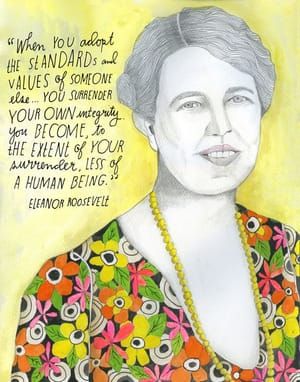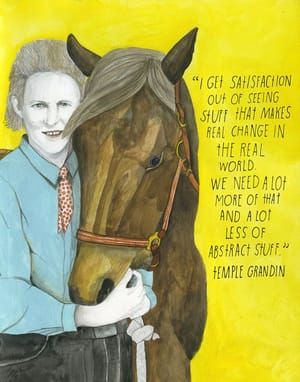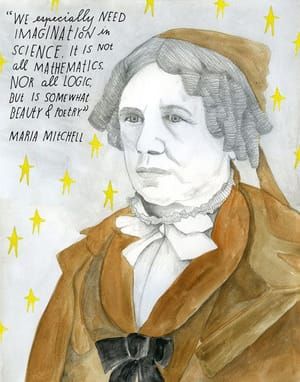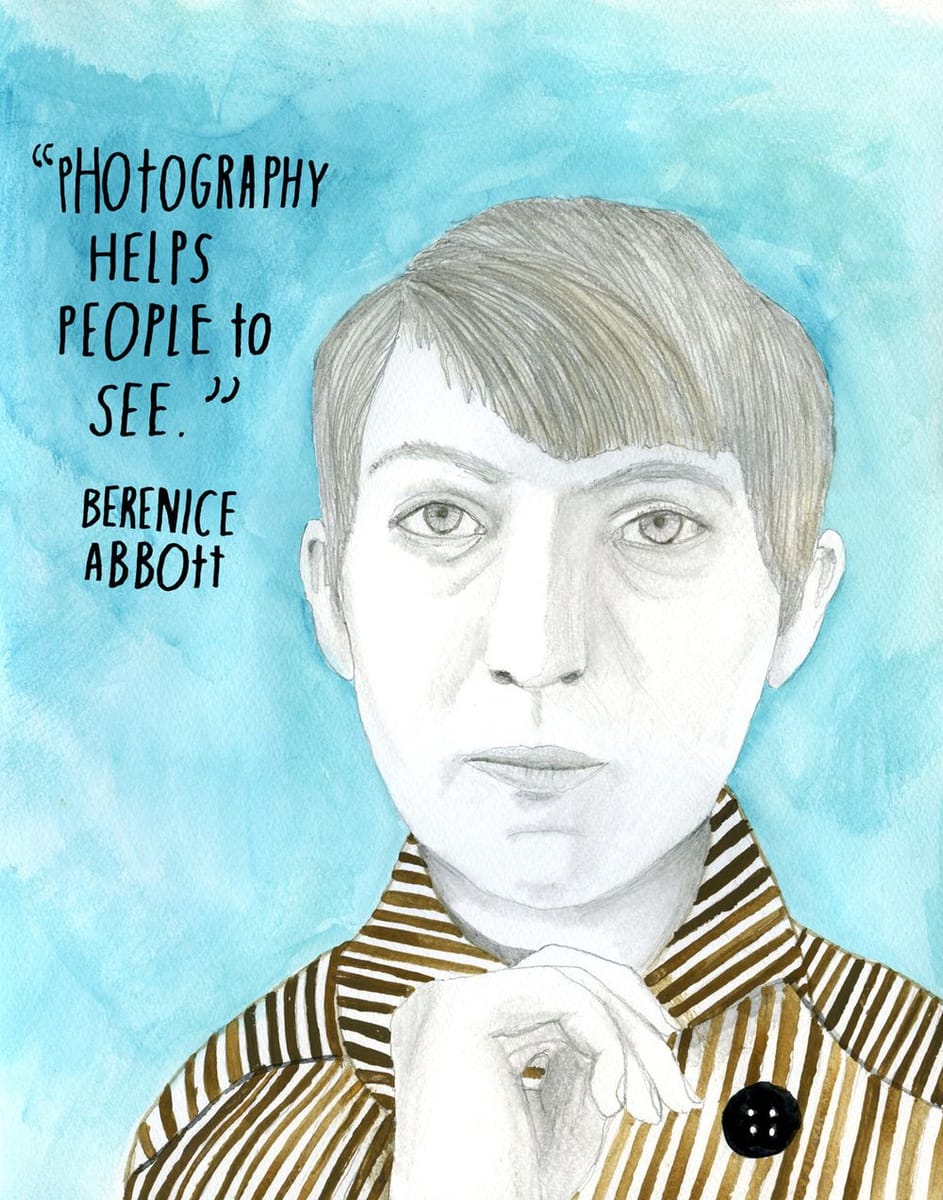

Berenice Abbott, 2013
Lisa Congdon
Long before photography became “the people’s art,” Berenice Abbott (July 17, 1898 – December 9, 1991) took a large-format camera to the streets to forge a new dialogue between the urban landscape and its inhabitants through her stark black-and-white photographs. Best-remembered for her Changing New York series – 307 evocative black-and-white portraits of the city’s architecture and urban design, taken between 1935 and 1939 – Abbott remains one of the most recognizable voices in the history of photography.
Her story is, in many ways, one of unlikely success. Raised by a divorced mother, Abbott left her Ohio home in 1918, at the age of 20, and moved to New York’s Greenwich Village to study sculpture. There, “adopted” by anarchist Hippolyte Havel, Abbott moved into an apartment with several of the era’s celebrated thinkers – literary critic Malcolm Cowley, philosopher Kenneth Burke, and poet Djuna Barnes. The following year, she nearly lost her life to the deadly “Spanish flu” pandemic that killed an estimated 50 to 100 million people across the globe.
But Abbott persevered, and soon moved to Europe to continue her studies in sculpture. In 1923, she got word that legendary modernist artist Man Ray was looking to hire someone who knew nothing about photography to work in his portrait studio darkroom and as a blank-slate assistant. Abbott jumped at the opportunity and soon discovered her passion for photography, impressing Ray into allowing her to use his studio for her own portraits. She went on to photograph such cultural icons as James Joyce, Jean Cocteau, and Marcel Duchamp. To be photographed by Abbott eventually became a seal of cultural significance.
In 1925, Abbott discovered the work of Eugène Atget and was instantly mesmerized. After Atget’s death two years later, Abbott took it upon herself to see to his legacy. In early 1929, she set out to find an American publisher for Atget’s photographs and found herself in New York City. But, once there, she was taken with the city’s photogenic handsomeness and decided to pursue her own photography. She returned to Paris, closed down her studio, and returned to New York to capture its spirit with her large-format Century Universal camera. With a modernist aesthetic influenced by Atget and a cultural lens shaped by the writings of urbanism pioneer Lewis Mumford, who advocated for a human-centric antidote to the mechanical age of the Second Industrial Revolution, Abbott went on to produce a powerful visual time-capsule of unique turning point in twentieth-century history.
In 1935, she fell in love with art historian and critic Elizabeth McCausland, and the two moved into a loft in the Greenwich Village. They remained together until McCausland’s death in 1965.
In the late 1950s, Abbott turned to the intersection of art and science with her series of minimalist black-and-white photographic abstractions of scientific processes.
Today, Abbott’s legacy reverberates through both the aesthetic language of modern visual culture and the social change movements that succeeded the dawn of urbanism.
Learn more: Brain Pickings (https://www.brainpickings.org/index.php/2012/11/12/changing-new-york-berenice-abbott/)
[http://thereconstructionists.org/page/12]
What do Buddhist artist Agnes Martin, Hollywood inventor Hedy Lamarr, and French-Cuban author Anaïs Nin have in common? Their names may not conjure popular recognition, and yet, for Lisa Congdon and Maria Popova, these women represent a particular breed of cultural trailblazer: female, under-appreciated, badass. They are “Reconstructionists,” as the writer-illustrator duo call them – and for the next year, they’ll be celebrated on a blog of the same name. Every Monday for 12 months, The Reconstructionists will debut a hand-painted illustration and short essay highlighting a woman from fields such as art, science, and literature. The subject needn’t be famous, but she will, as Popova, the creator of Brain Pickings, puts it, “have changed the way we define ourselves as a culture." We spoke with Popova, and illustrator Congdon, about the inspiration....
[http://storyboard.tumblr.com/post/41698890843/the-reconstructionists-celebrating-badass-women]
© 2013 Lisa Congdon
Lisa Congdon
artistArthur
coming soon
